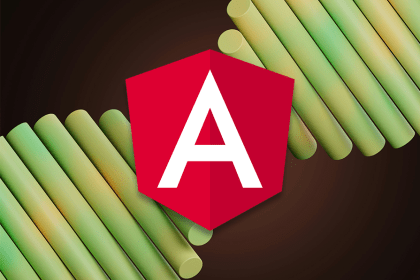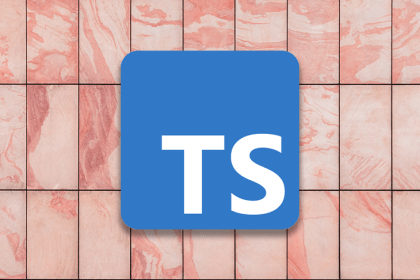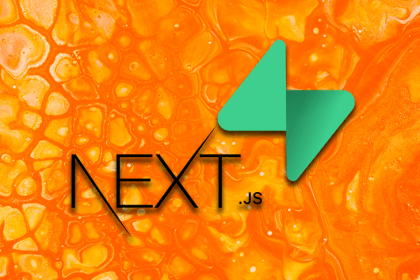
You can implement prioritization methods within your product roadmaps to help streamline and simplify the process.

Use the Claude Artifacts feature to generate prototypes of user interfaces, saving you development time and giving you a way to easily visualize your plan.

Pilot testing as a PM can help you gather real user insights, de-risk ideas, adapt quicker, and avoid expensive mistakes.

Growth designers turn user behavior into business results, bridging UX and revenue with data-driven strategies that deliver conversions and retention.

This tutorial builds offline and online apps in Angular using service workers, basic browser APIs, and the ng-connection-service package.

Leaflet is a handy, lightweight, performant JavaScript library for creating responsive and interactive maps for the web.

Micro-frontends let you split a large web application into smaller, manageable pieces. It’s an approach inspired by the microservice architecture […]

The hamburger menu is a design classic that keeps things tidy and functional. In this blog, I will share how you can implement it effectively in your next project.

What exactly is founder mode, and is it really better than manager mode? Let’s discuss what this phenomenon could mean for the PM world.

Auth.js makes adding authentication to web apps easier and more secure. Let’s discuss why you should use it in your projects.

Automate type checking in your TypeScript code and ensure that the code has no bugs by integrating Prettier with ESLint.

We’ll build an app using Next.js and Supabase. The concept is for users to track and create workout activities based on specified parameters